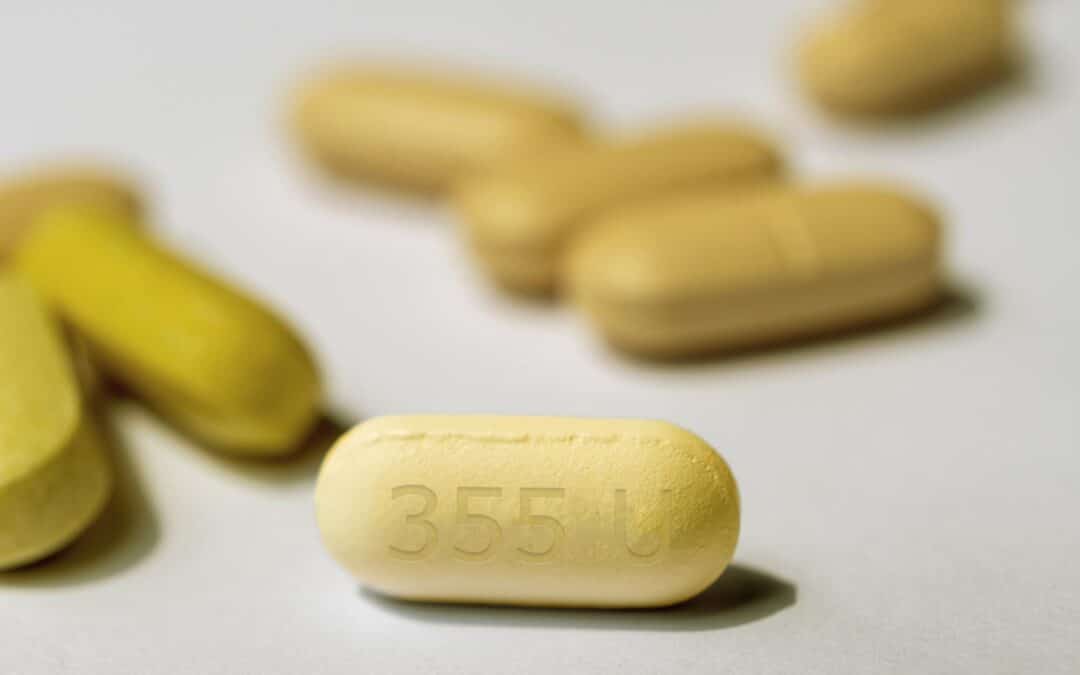What Happens If I Take Suboxone Too Soon?
Taking Suboxone too soon after using opioids can trigger precipitated withdrawal, a severe and rapid onset of withdrawal symptoms. This happens because Suboxone contains buprenorphine, which replaces opioids on the brain receptors, causing a sudden drop in opioid effects.
Understanding the half-life of the opioids you have been using is crucial to avoid this situation. The half-life helps determine how long you need to wait before taking Suboxone. Working with healthcare professionals during this transition can provide personalized advice to ensure a safe and smooth transition to Suboxone, minimizing the risk of precipitated withdrawal.
What is Suboxone?
Suboxone is a medicine used to help people quit opioids, a group of drugs that includes heroin and some prescription painkillers. It has two ingredients: buprenorphine and naloxone. Buprenorphine helps reduce cravings for opioids, and naloxone helps prevent misuse of Suboxone itself.
Why Timing Matters
Taking Suboxone at the right time is really important. If someone switches from opioids to Suboxone too quickly, they might experience something called precipitated withdrawal. This is when withdrawal symptoms hit hard and fast, making the person feel very sick.
What We’ll Cover
In this article, we’ll explore how long someone should wait after using opioids before taking Suboxone. We’ll look at how different opioids affect the body, and what signs to watch for to know when it’s safe to make the switch. Understanding the right timing can help avoid precipitated withdrawal and make the transition smoother and safer.
Understanding Opiates and Their Half-Life
Opiates are a group of drugs known for their pain-relieving properties. They come from the opium poppy plant or are made in labs to act like natural opiates. Some common opiates include morphine, heroin, and prescription painkillers like oxycodone and hydrocodone. While they can be helpful for managing pain, they also have a high risk of addiction.
One important thing to know about opiates is their half-life, which is how long it takes for the amount of the drug in your body to reduce by half. The half-life is crucial when switching from opiates to Suboxone to avoid a tough condition known as precipitated withdrawal. Different opiates have different half-lives, so knowing this can help plan when to take Suboxone safely.
Here are the half-lives of some common opiates:
- Fentanyl: 3-12 hours
- Morphine: 2-4 hours
- Oxycodone: 1.5-6 hours
- Heroin: 30 minutes to 3 hours
- Codeine: 2.5 hours
- Methadone: Generally 2-13 days, but for long-term users, it can be several months
- Hydrocodone: 3-4 hours
The half-life of opiates is a key factor in determining the right time to switch to Suboxone. For example, if someone has been using heroin, which has a short half-life, they might be able to take Suboxone sooner than someone who has been using methadone, which stays in the body much longer. Understanding the half-life of the opiate you’ve been using can help make the switch to Suboxone safer and more comfortable.
Natural Remedies for Taking Suboxone too Soon
- Hydration and Balanced Nutrition: Staying hydrated and maintaining a balanced diet can support the body during opioid withdrawal. Include essential nutrients like magnesium and calcium to alleviate muscle cramps, along with vitamins B and C for overall body wellness.
- Herbal Supplements for Withdrawal Relief: Some individuals find relief using herbal supplements like kratom, though it’s not FDA approved and can have its own risks. It’s crucial to consult with healthcare professionals before trying any new supplement.
- Exercise to Alleviate Withdrawal Symptoms: Engaging in regular exercise can boost endorphins, promoting better mood, sleep, and overall well-being.
At-Home Remedies for Managing Opioid Withdrawal
- Warm Baths for Muscle Relaxation: Warm baths can help soothe muscle aches and promote relaxation during opioid withdrawal.
- Adequate Sleep for Body Recovery: Ensuring ample rest is vital as sleep aids the body in healing and managing stress during withdrawal.
- Over-the-Counter Medications for Symptom Relief: Medications like ibuprofen or acetaminophen can help with pain, while loperamide may assist with diarrhea.
Medical Interventions for Taking Suboxone too Early
- Medication-Assisted Treatment (MAT): Medications like Clonidine can help manage withdrawal symptoms, making the transition from opioids to Suboxone smoother1.
- Guided Reduction of Opioids: Gradual reduction under medical supervision can help manage precipitated withdrawal, ensuring a safer transition to Suboxone2.
- Professional Medical Supervision: Engaging with healthcare professionals is crucial for a safe and effective transition from opioids to Suboxone, helping to manage withdrawal symptoms and ensure a successful recovery journey34.
Conclusion: Navigating the Transition from Opiates to Suboxone
The journey from opiate dependence to recovery through Suboxone can be a significant turning point. However, the transition requires precise timing to avoid the harsh onset of precipitated withdrawal. Taking suboxone too soon can be very scary. Understanding the half-life of opiates, recognizing the symptoms of precipitated withdrawal, and knowing how to manage them are critical steps in this process.
Both natural and at-home remedies can offer some relief, but it’s imperative to note that medical interventions under professional supervision are often the safest and most effective approach. Engaging with a reputable drug and alcohol treatment center can provide the necessary support, guidance, and medical expertise to ensure a smooth and successful transition to Suboxone.
At Liberty Health Services, we are committed to providing personalized, compassionate care to support individuals throughout their recovery journey. If you or a loved one is considering the transition from opiates to Suboxone, we invite you to reach out to our experienced team to learn more about how we can support you on the path to recovery.


